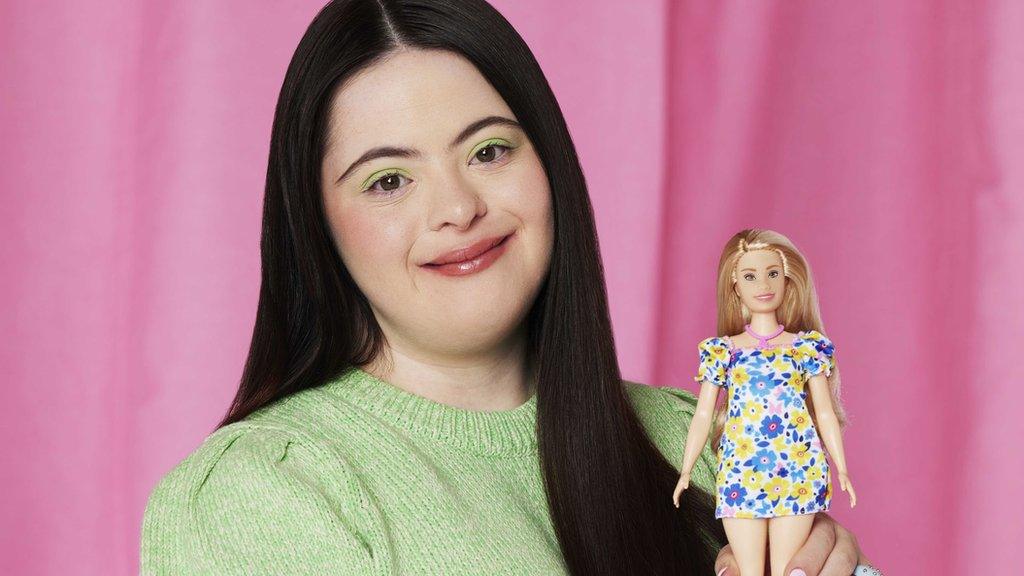Northamptonshire mum paints stretch marks on Barbie for daughter
- Published
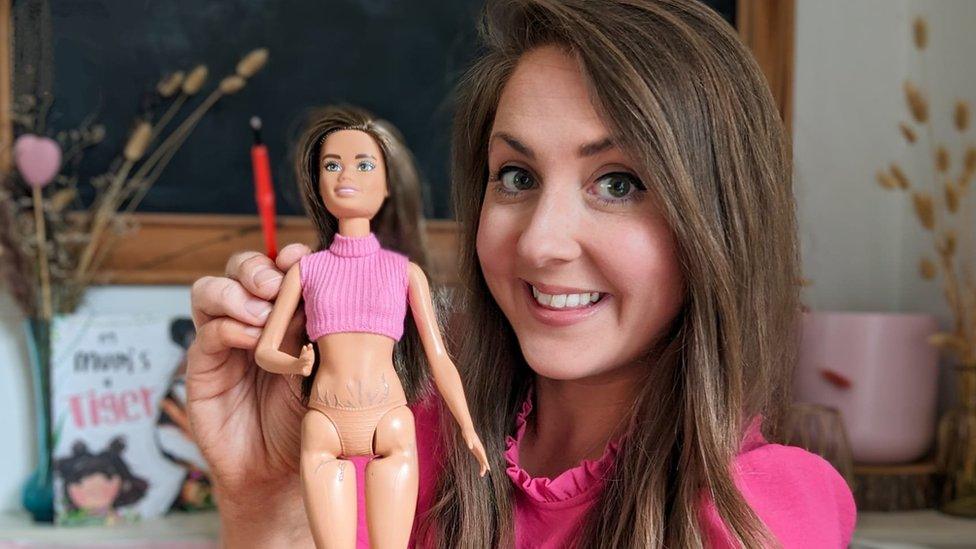
Kate Claxton developed stretch marks towards the end of her pregnancy and hated them at first
A mother who developed stretch marks while pregnant has painted some on her daughter's Barbie "so she can grow up knowing they are normal".
Kate Claxton, from Towcester, Northamptonshire, had postnatal anxiety and insecurities about her body after giving birth.
Her daughter, now three, is a fan of Barbies but Mrs Claxton could not find any she felt represented her own body.
"I decided to paint the stretch marks on with nail varnish," she said.
"I would love the manufacturers to make some Barbies with stretch marks to spread the message that they are nothing to worry about."
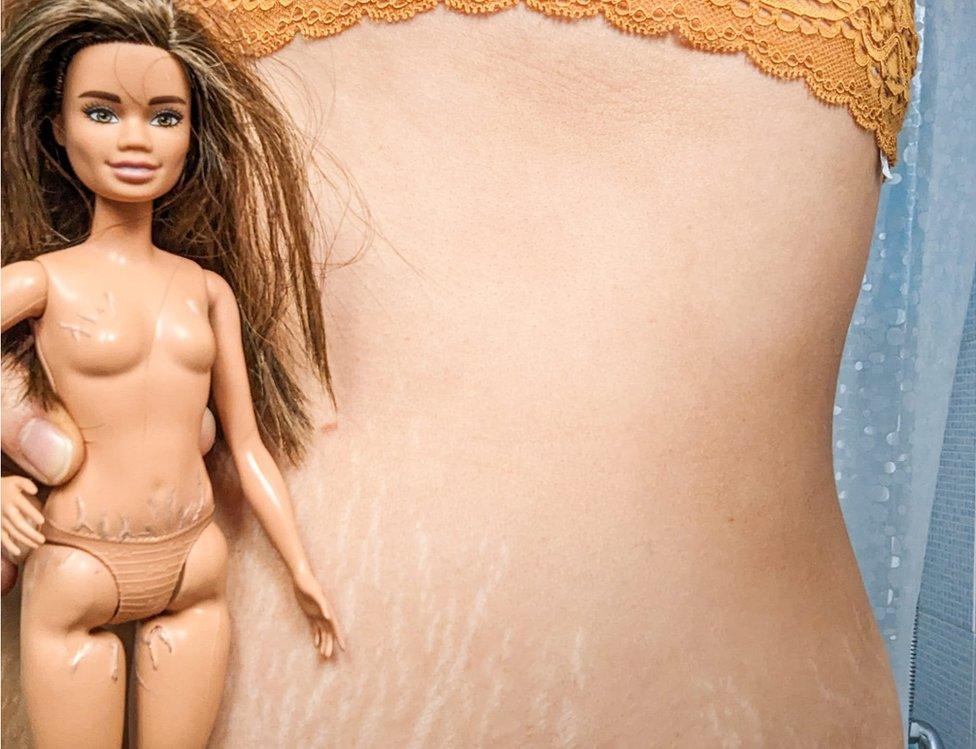
The author hopes the Barbie, pictured next to her own stretch marks, might be manufactured in the future
The 35-year-old had already bought her daughter a diverse range of the dolls, including one with a prosthetic leg, one with vitiligo and another with a fuller figure, but could not find any with stretch marks.
"I had some stretch marks as a teenager but they really came out towards the end of my pregnancy and I hated them at first, but now I'm proud of them.
"I decided to paint them on her, then I got her dressed and encouraged her to get the doll changed but she didn't comment on the stretch marks, which I think is a good thing, they're already normal to her," she said.
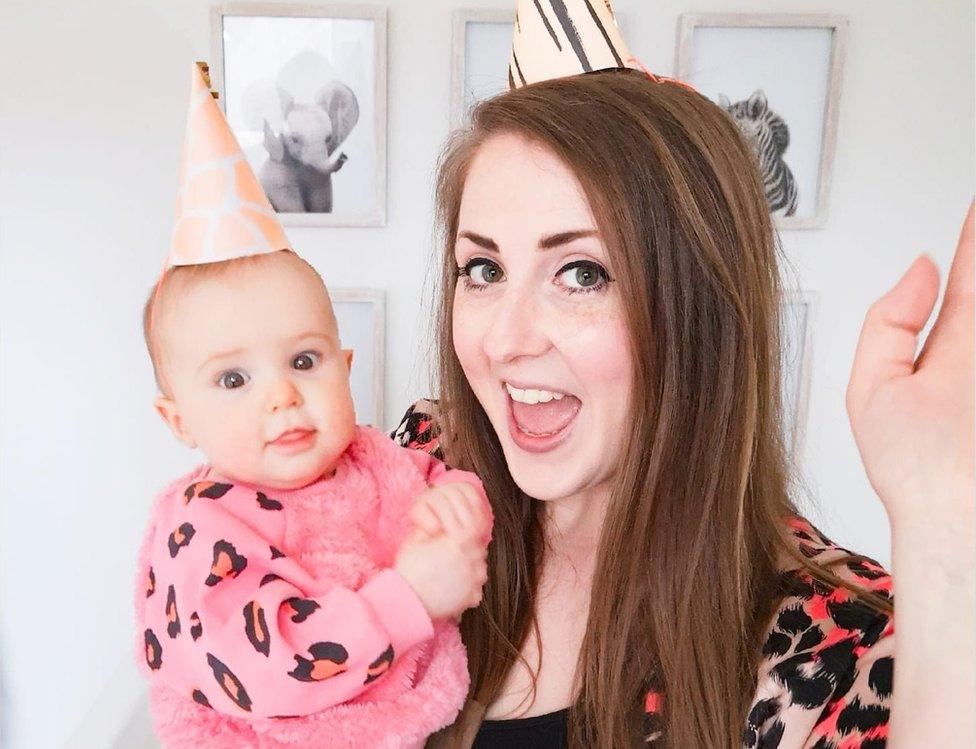
Mrs Claxton felt differently about her body after having a baby and is determined to make sure she does not pass any body hang-ups to her daughter
Mrs Claxton, who now lives in Swindon, was a theatre marketing manager before she gave birth.
When her daughter was three-months-old, Mrs Claxton wrote and later self-published her debut book, My Mum's a Tiger, about a little girl who learns why her mum has 'stripes' on her skin, which has sold 13,000 copies worldwide.
"Kids who have read the book have asked their mums if they have stripes, and it has given confidence to a lot of women to show their stretch marks to their children and the wider world," she said.
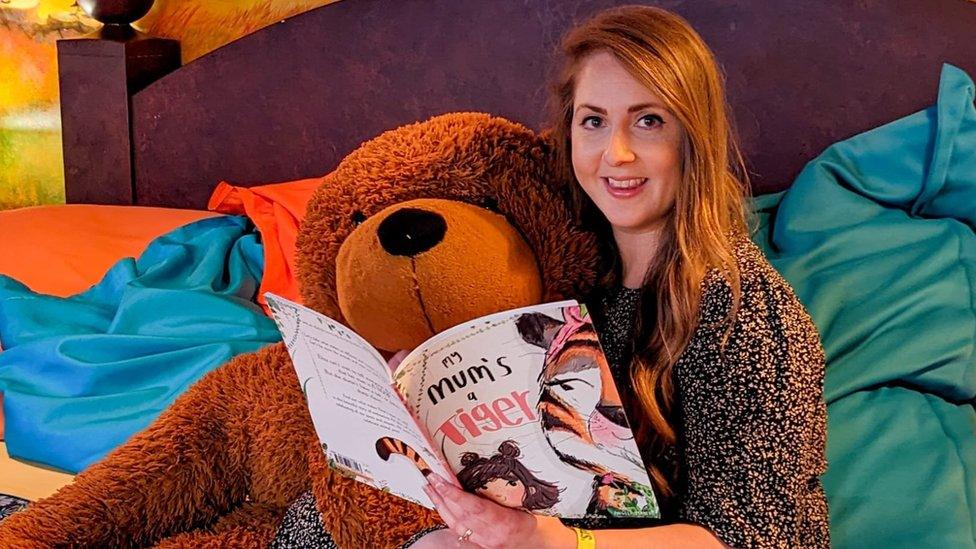
Mrs Claxton wrote and self-published a book about a little girl who learns why her mother has 'stripes' on her skin
She is now working on an immersive play experience and has several children's books in mind that she still wants to write, including one about normalising beach bodies.
"I just think it is really important to expose our children to as much diversity as possible. I want my daughter to grow up recognising all the different ways to be 'normal'.
"She knows Mummy has got stretch marks, and they're not a big deal, so hopefully it means she won't worry if she gets them when she is older," she added.
Mattel, the US toy giant, has introduced a range of dolls in recent years in a bid to make them more diverse.
It has created dolls with Down's syndrome, a hearing aid, a prosthetic limb and a wheelchair.
In 2016, Mattel released Curvy Barbie, Tall Barbie and Petite Barbie, as well as a wide range of skin tones reflecting many different ethnicities.
Previously, it had faced criticism that the traditional Barbie did not represent real women.
The original Barbie doll launched in 1959 featured long legs, a tiny waist and flowing blonde locks.
Mattel has been asked to comment.

Find BBC News: East of England on Facebook, external and Instagram, external. If you have a story suggestion email eastofenglandnews@bbc.co.uk or get in touch via WhatsApp on 0800 169 1830
- Published16 May 2023
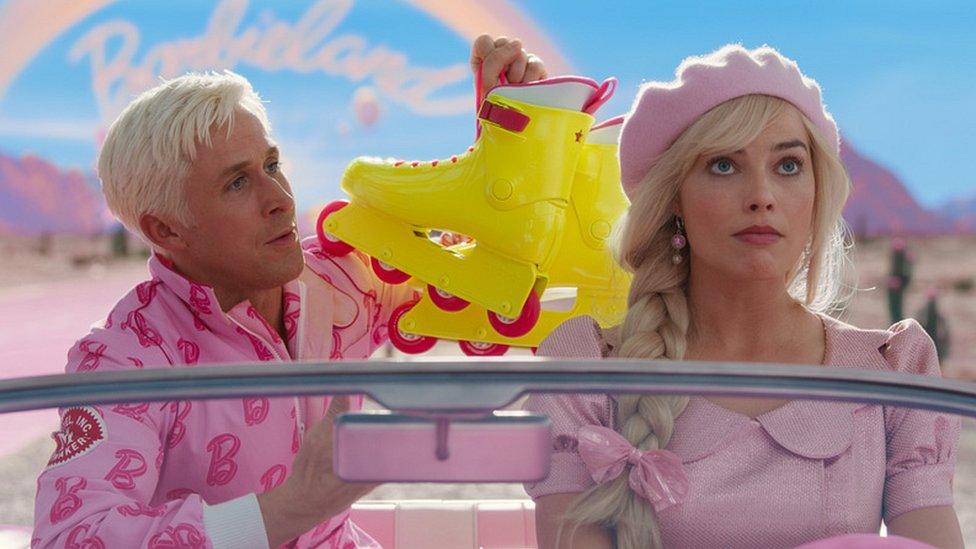
- Published5 April 2023
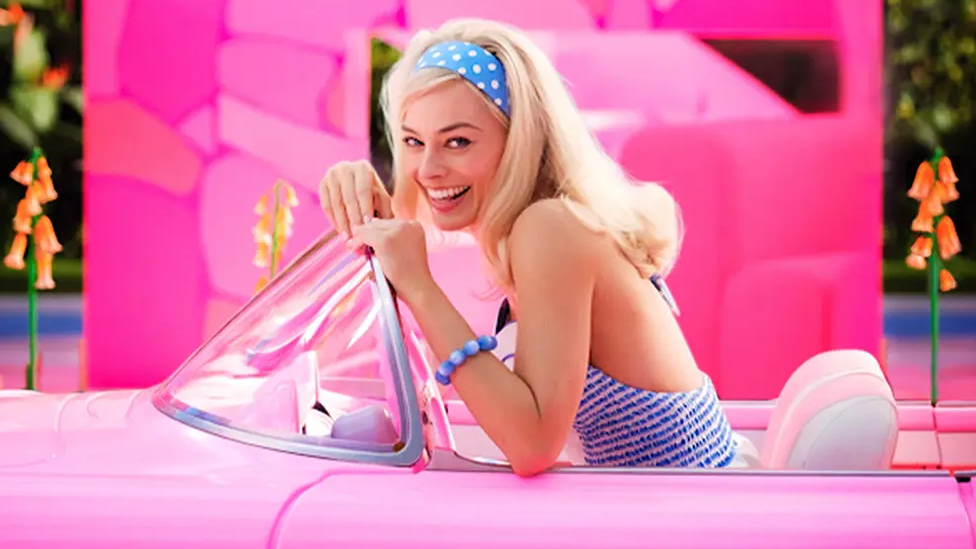
- Published2 February 2023
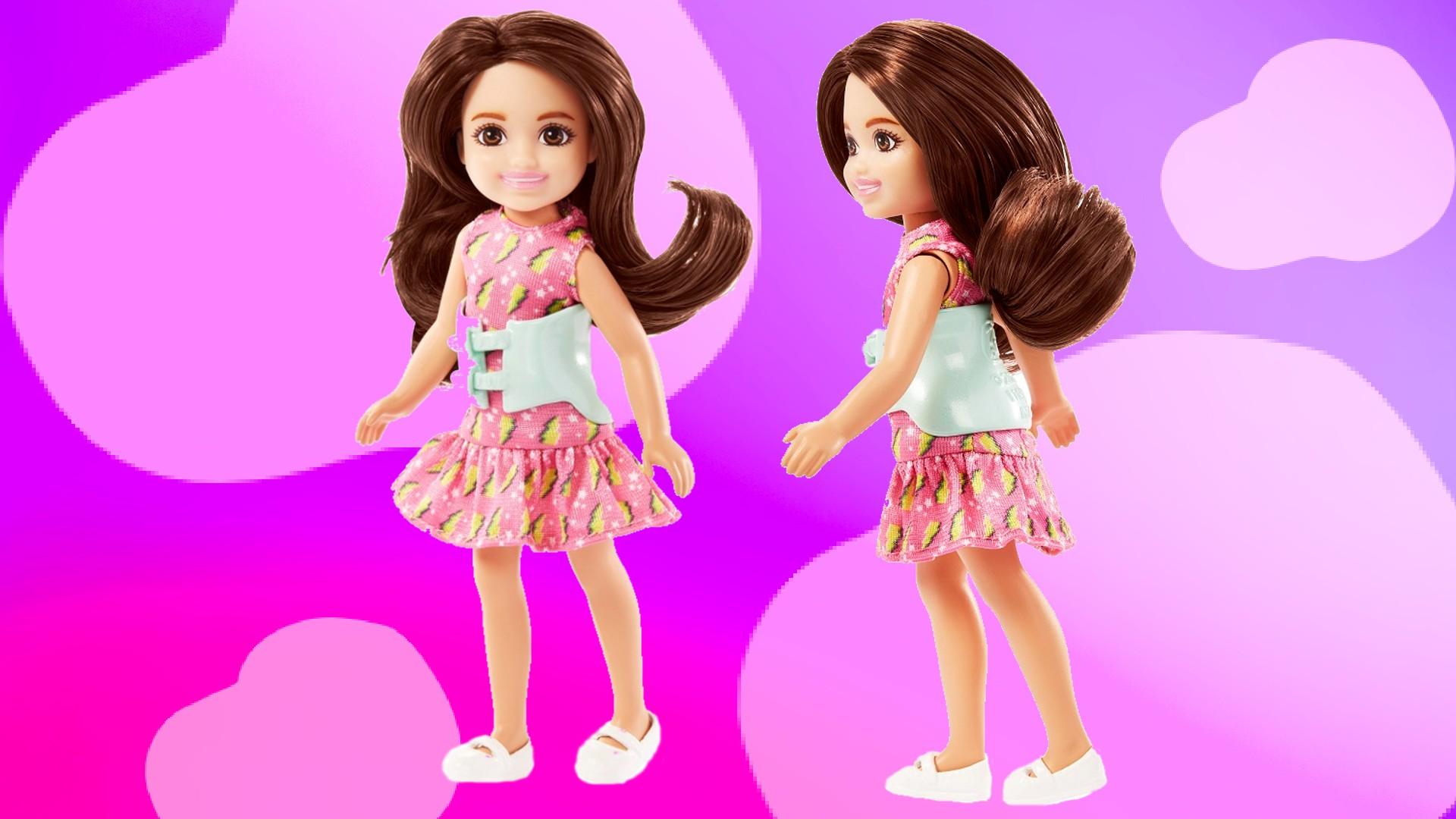
- Published26 April 2023
